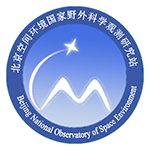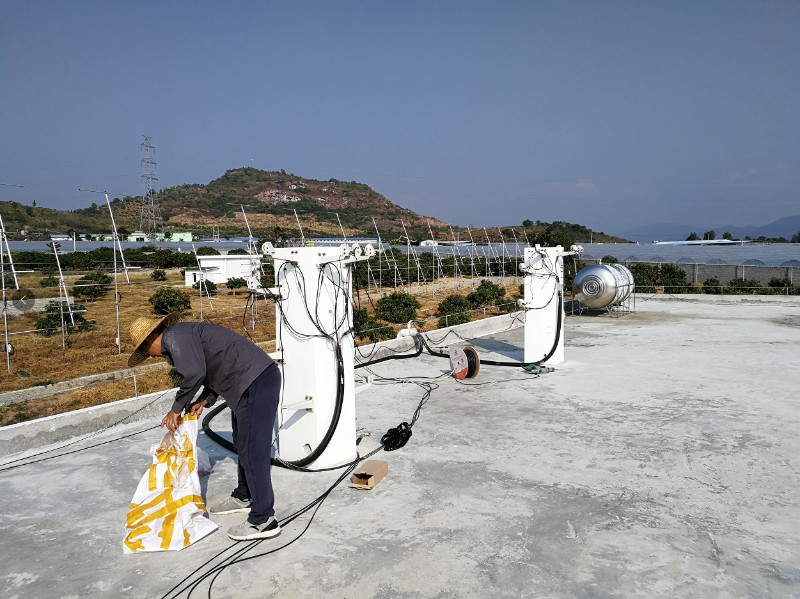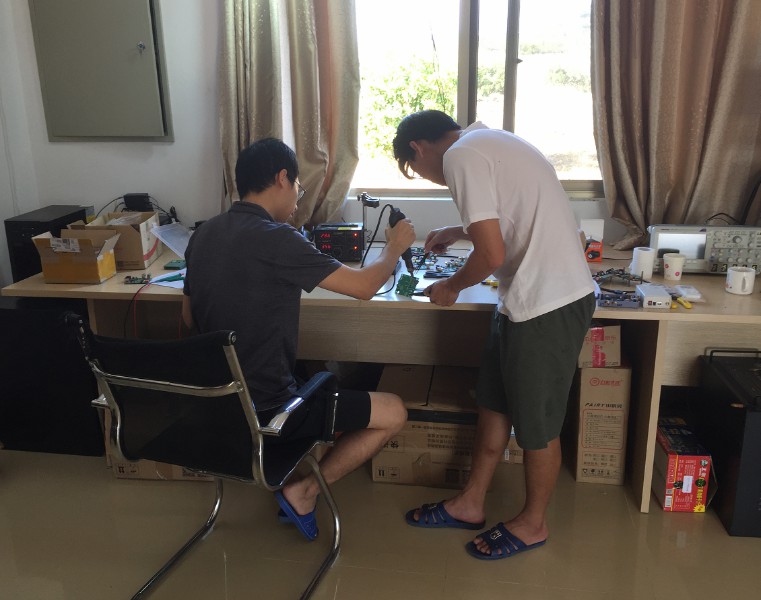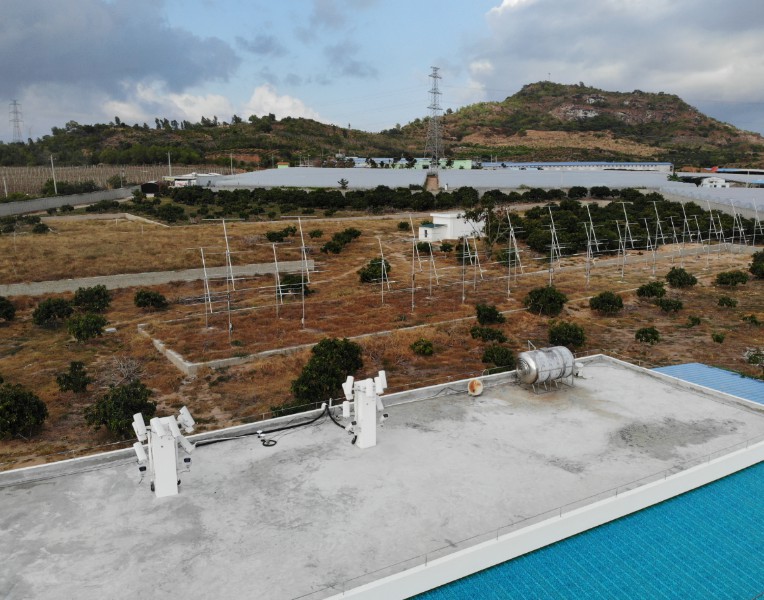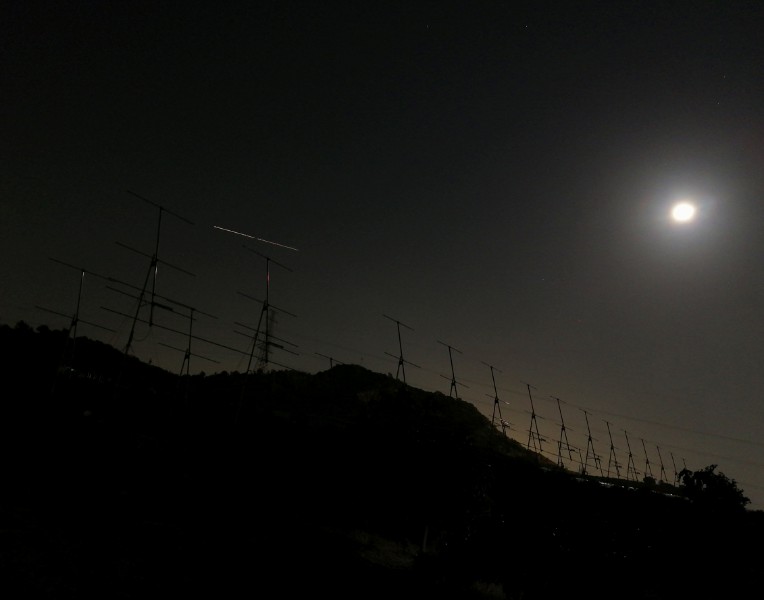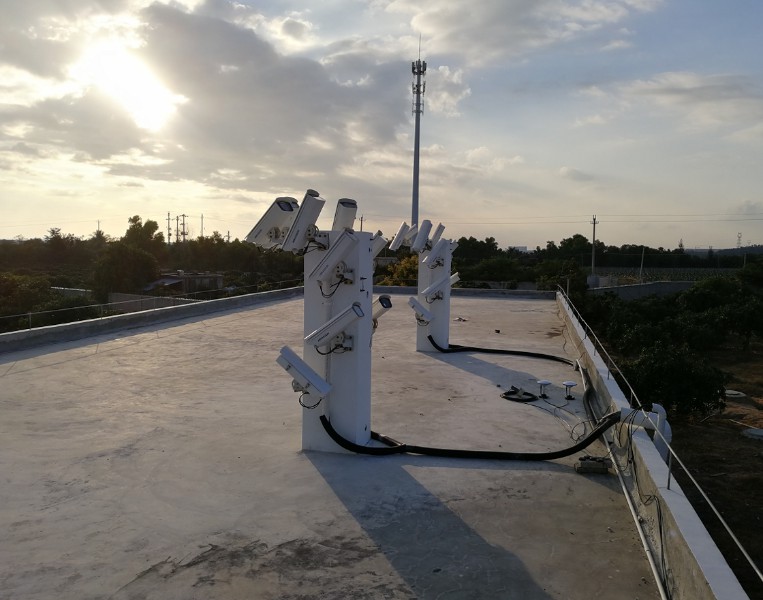What's MIOS?
The Meteor and ionospheric Irregularity Observation System (MIOS) consists of two parts, powerful radar and sensitive optical subsystems which are for observing meteor trail irregularity and its corresponding optical meteor, respectively. By using the optical multi-station video cameras, and radar spaced antenna array, MIOS has the capability to determine the positions of optical meteor and meteor irregularity, and derive the meteoroid parameters. One major goal of the MIOS is to study how the entry of meteoroids changes the Earth’s ionosphere through combining measurements of optical meteor with radar specular and non-specular meteor echoes and ionospheric irregularity echoes.
Bright meteor events
MIOS activities
October 2021 – We finished the setup of the antenna array of MIOS radar subsystem.
August 2021 – We finished the software development for near real time display of observations by the MIOS optical subsystem (please see the Data page).
February 2021 – We finished the software development for near real time display of observations by the MIOS radar subsystem (please see the Data page).
November 2020 – A sub array of the MIOS radar narrow beam subsystem was installed at Ledong, being operated for routine observation of meteor and ionospheric irregularity.
October 2020 – The FOV of MIOS optical subsystem was enlarged. Optical meteors from both the southern and northern sky of Sanya/Ledong can be detected.
December 2019 - The MIOS optical subsystem was developed, being operated for routine observation of optical meteors.
June 2019 - We leveled the site for the installation of antenna array of the MIOS radar narrow beam subsystem.
December 2018 - The code for deriving meteor orbital parameters and spectra from video observations was developed.
August 2018 – The MIOS radar wide beam subsystem was installed at Ledong, being operated for routine observation of specular and nonspecular meteors.
January 2018 - We finished the design of MIOS, which consists of the optical subsystem (will be installed at Ledong and Sanya) and the radar wide beam and narrow beam subsystem (will be installed at Ledong).
December 2017 - Several video cameras were installed at Sanya and Ledong for testing common volume observations.
August 2017 - The MIOS project was approved by NSF of China.

